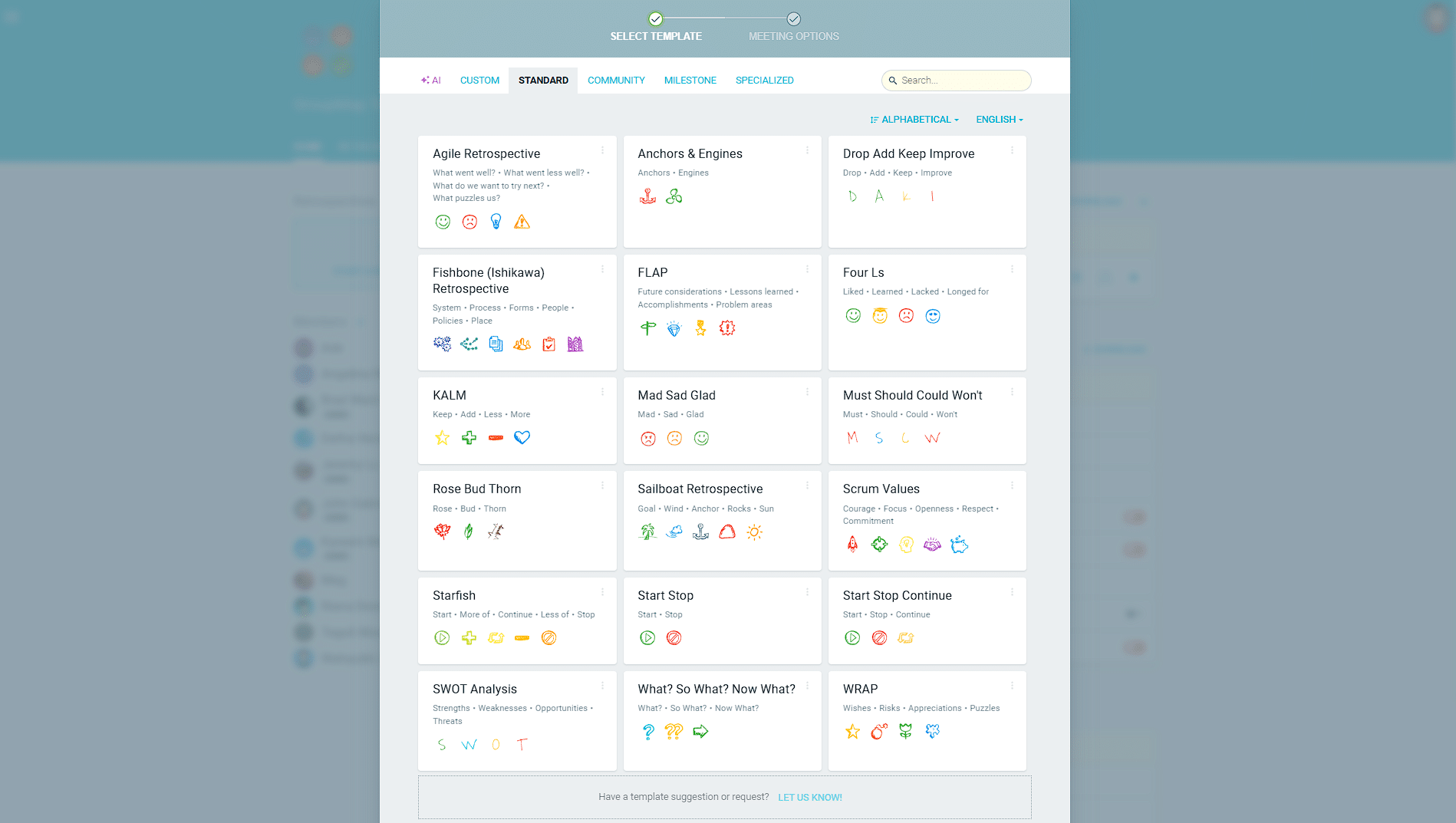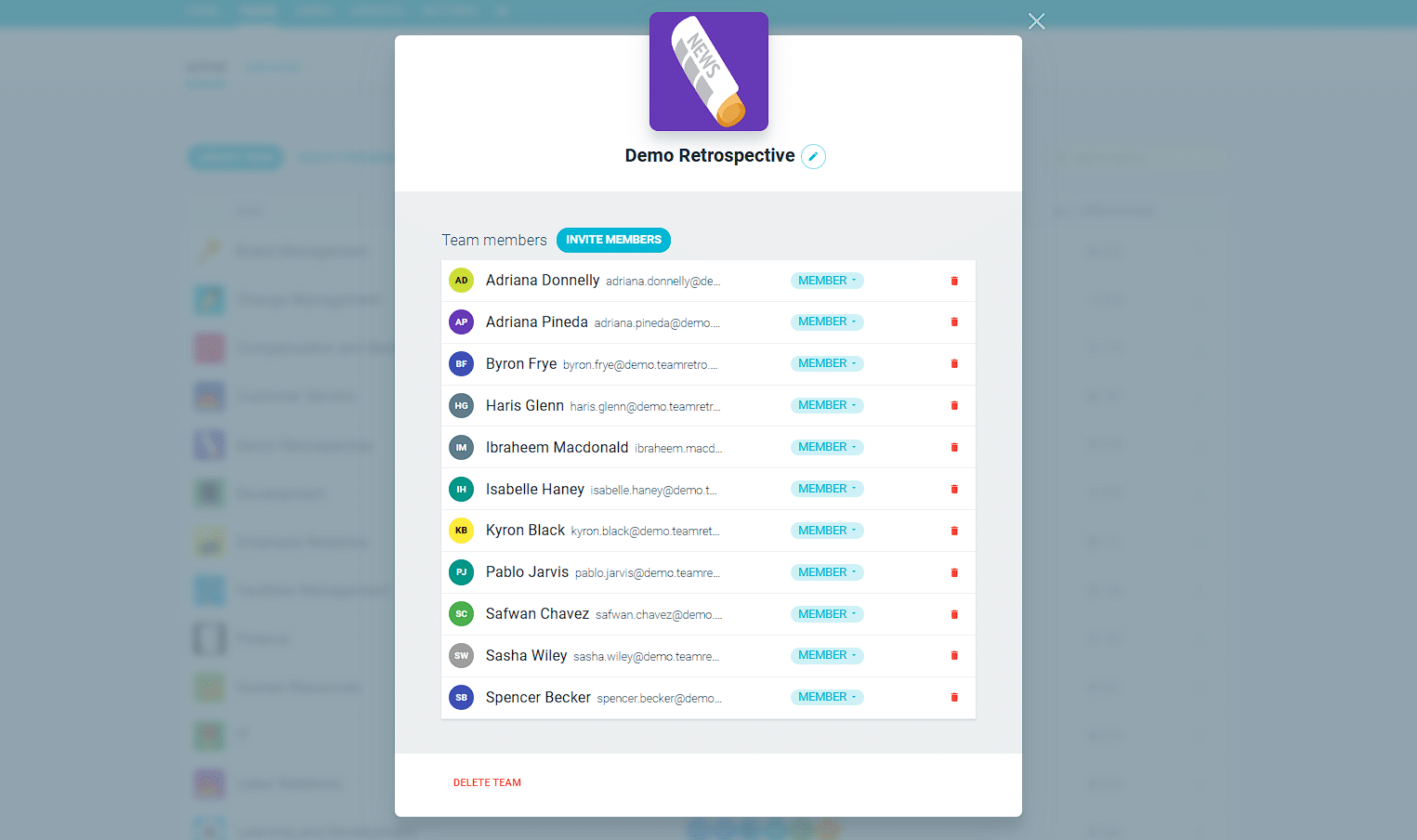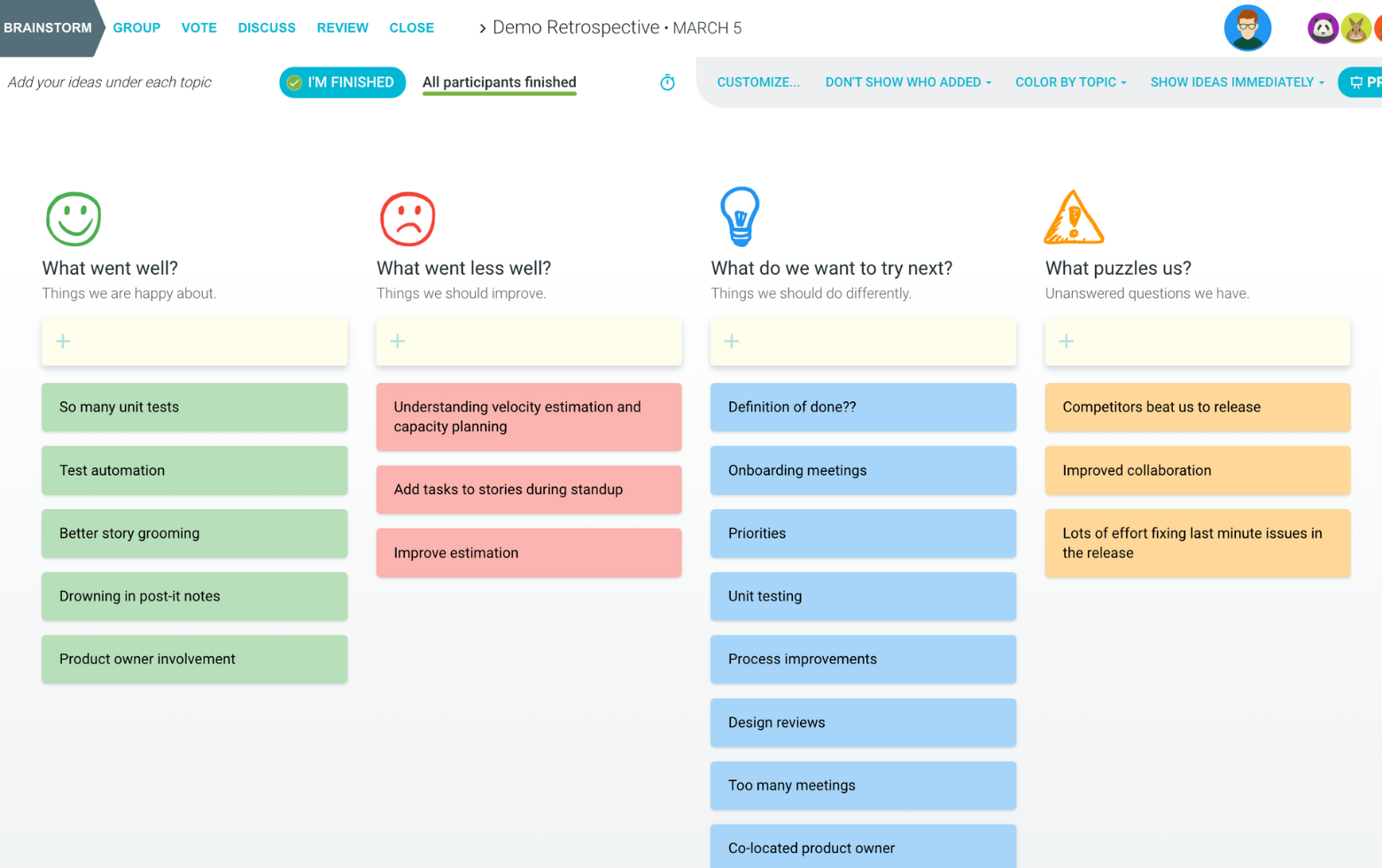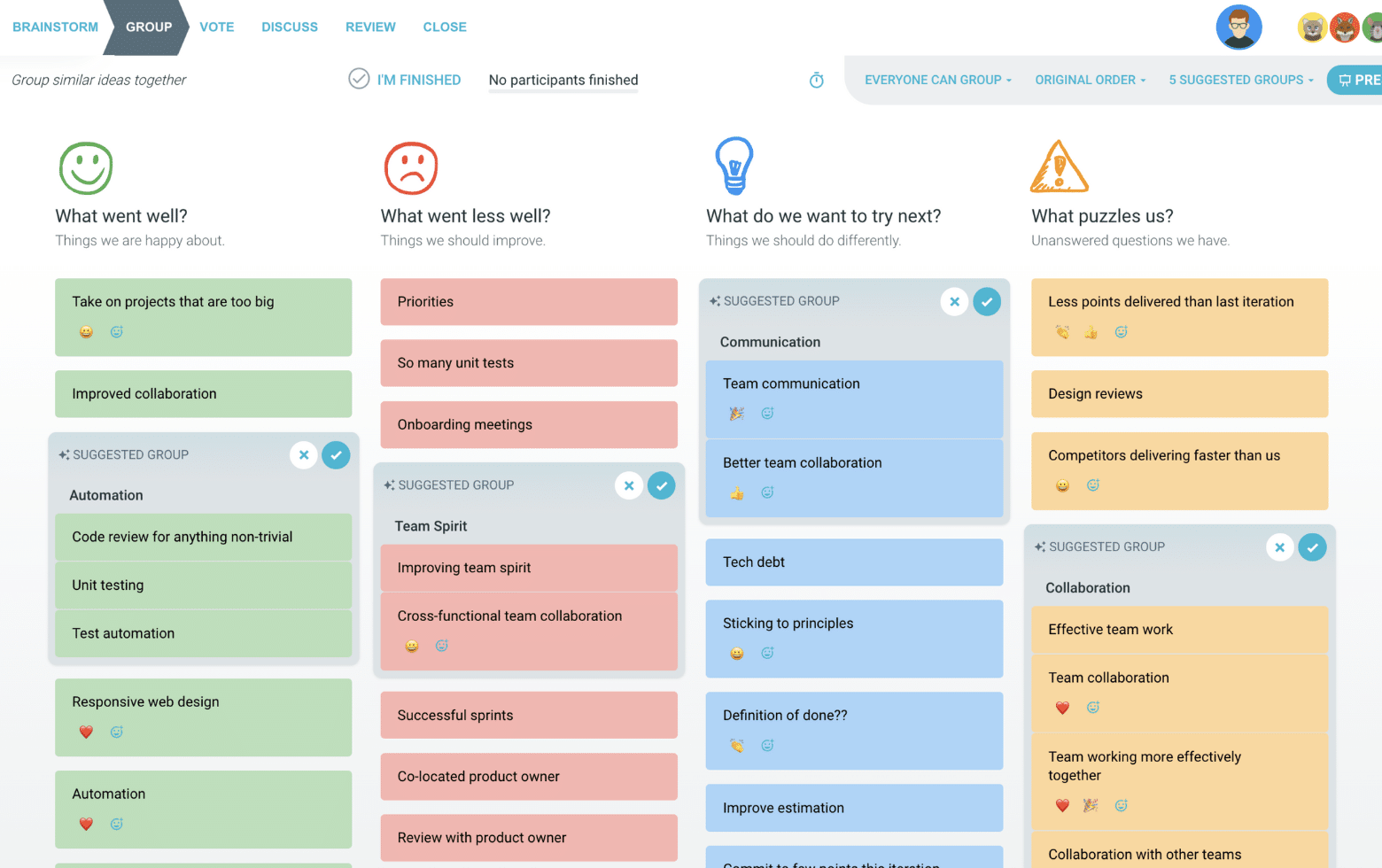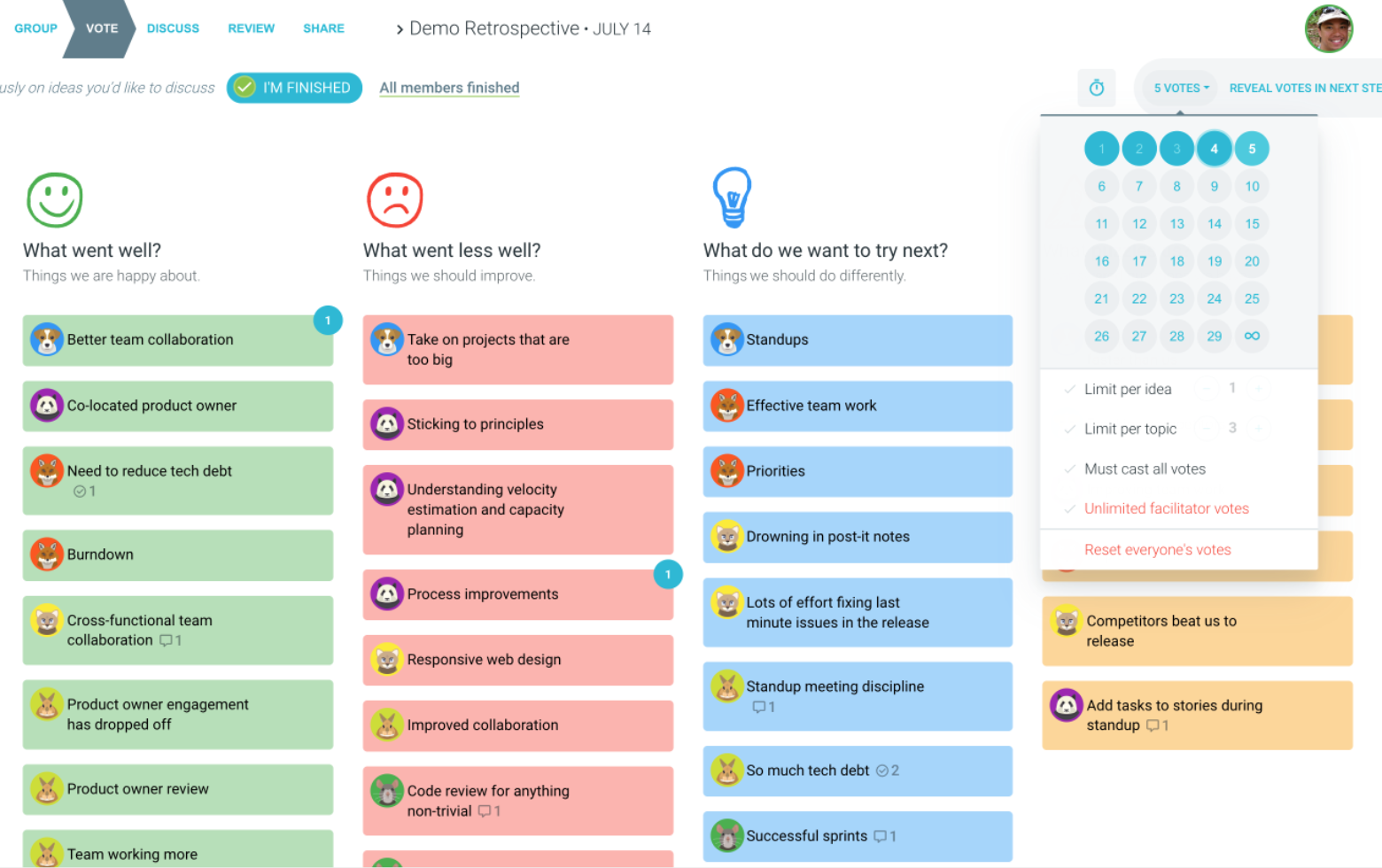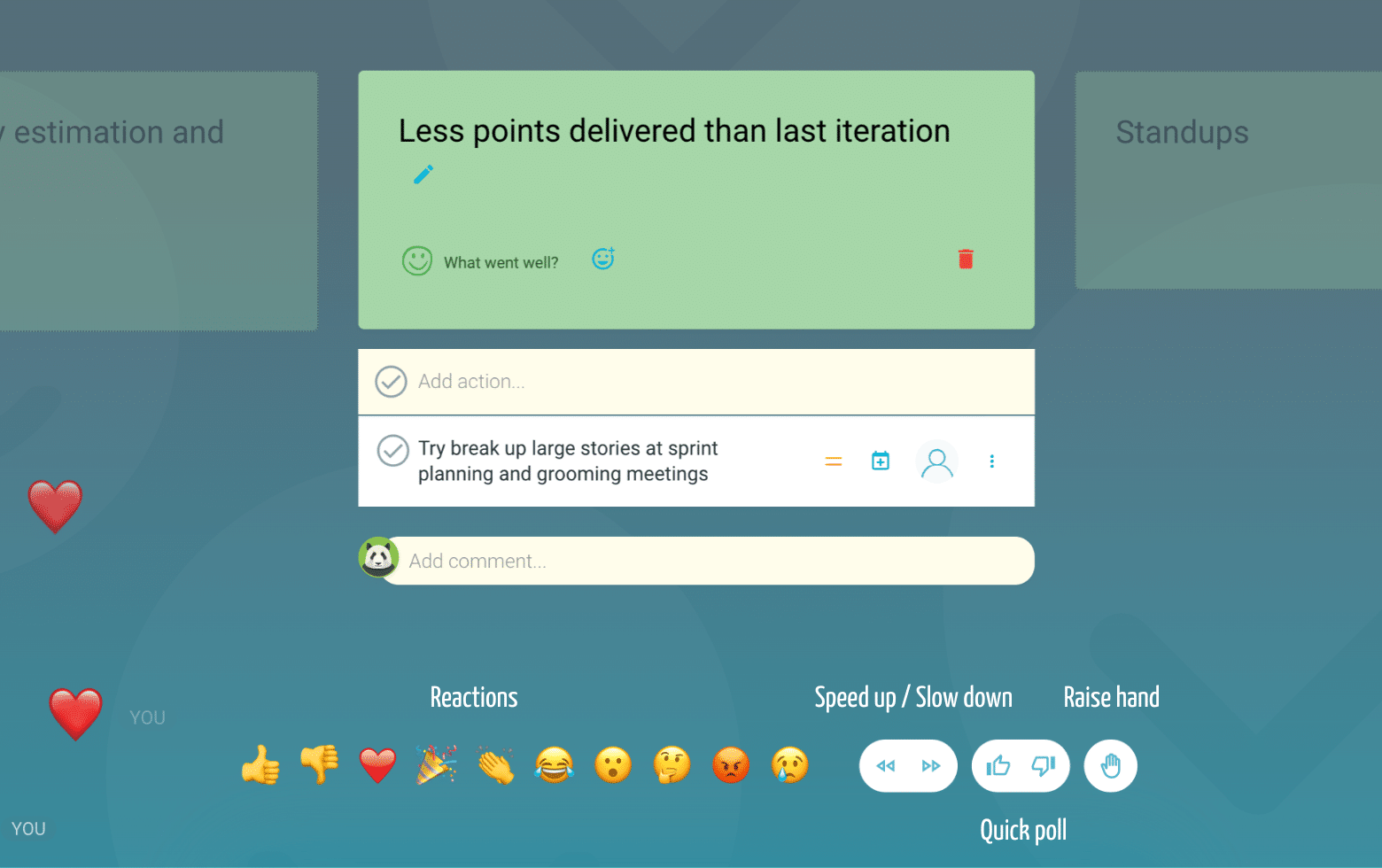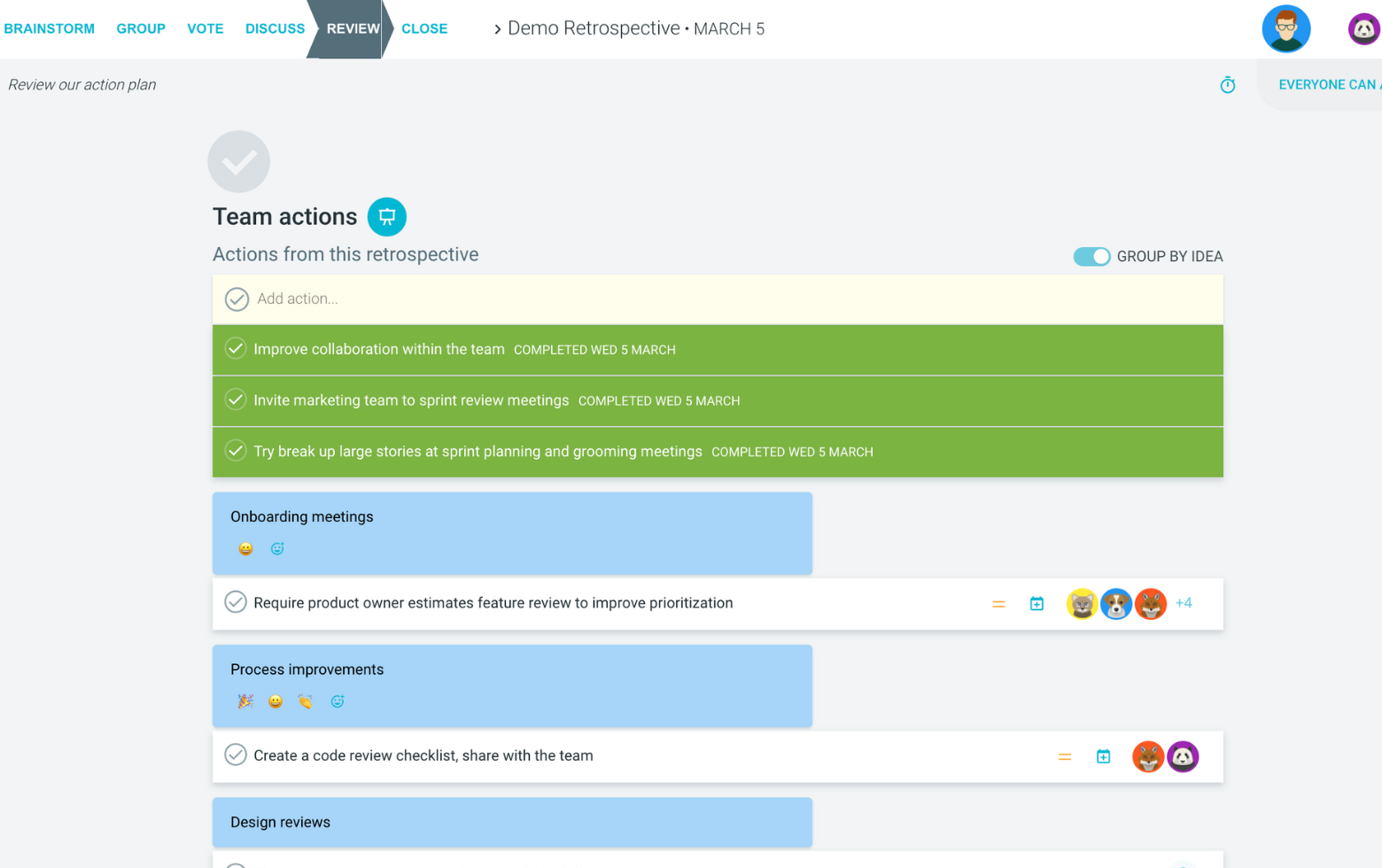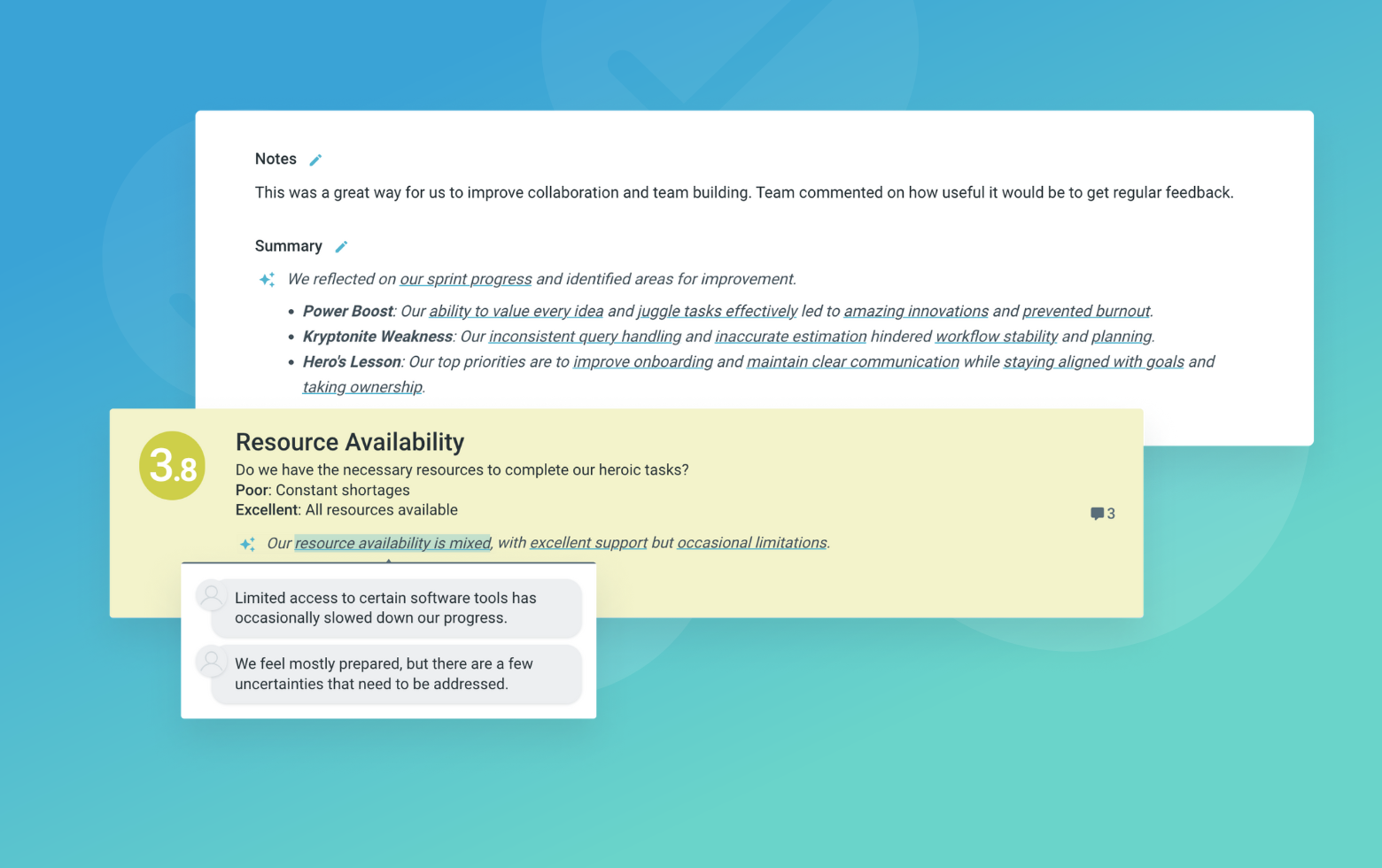A strategic roadmap planning retrospective is a collaborative exercise to define key objectives, set long and short-term goals, identify milestones, and establish KPIs for an upcoming initiative or project. This activity ensures alignment on priorities and a shared vision for success.
The team works together to map out a comprehensive plan, breaking down complex goals into actionable steps. By involving all stakeholders, you create buy-in, surface potential roadblocks early, and build a roadmap that balances ambition with realistic timelines.
This type of retrospective is commonly used in strategic planning cycles, project kickoffs, product roadmap sessions, and when re-evaluating priorities. It provides structure to an otherwise ambiguous process and keeps the team focused on measurable outcomes.
What is The Strategic Roadmap Planning
Key Objectives
What are the core objectives driving this initiative?
Key objectives define the overarching purpose and desired outcomes of the roadmap. These high-level goals should be specific, measurable, and aligned with the organization's mission and strategic priorities. Facilitate a discussion to surface the 'why' behind the roadmap and ensure shared understanding.
Long-Term Goals
What major goals need to be accomplished over the next 1-3 years?
Long-term goals break down the key objectives into significant milestones that span a 1-3 year timeline. These goals should be ambitious yet achievable with proper planning and execution. Encourage the team to think big while keeping a reality check on resources and constraints.
Short-Term Goals
What are the key deliverables to accomplish in the next 3-6 months?
Short-term goals represent incremental steps that build towards the long-term goals. These should be specific, time-bound, and realistically achievable within a 3-6 month window. Ensure goals are clear, actionable, and contribute towards overall objectives.
Milestones
What are the major checkpoints or accomplishments along the way?
Milestones mark significant events or progress points in executing the roadmap. They help track advancement, celebrate wins, and course-correct if needed. Identify milestones that are meaningful, measurable, and aligned with goals.
Suggested icebreaker questions
- If you could pick one superpower to help achieve our roadmap goals, what would it be?
- Share a proud accomplishment from a past project that required strategic planning.
Ideas and tips for your retrospective meeting
- Involve representatives from all key functions and get buy-in early to increase engagement.
- Use visual roadmapping tools to illustrate dependencies, milestones, and progress over time.
- Balance ambition with realistic timelines - don't overpromise and underdeliver.
- Build in regular checkpoints to review progress, make adjustments, and celebrate wins.
- Ensure goals are specific, measurable, and aligned with overall business objectives.
- Identify potential risks, dependencies, and mitigation plans upfront.
.
How to run effective meetings with TeamRetro
Start Your Session in a Click
Log into TeamRetro and choose your template. Customise questions and the workflow to create your perfect retro for your team.
Create Your Team Easily – No Separate Accounts Needed
Brainstorm Individually – Free From Bias
Smart Grouping for Faster Insights
Fair, Flexible, and Fast Voting
Engage, React, and Capture Key Insights
Walk your team through ideas one by one with Presentation Mode. Stay in sync, spark real-time discussions, and capture feedback with comments, live reactions, and polls—all in one place.
Turn Ideas Into Action
Propose next steps with team buy-in, get AI-powered action suggestions, and keep everything in one place. Committed actions sync to your personal dashboard and integrate with your workflow tools—keeping you on track.
Save, Share, and Stay on Track
Get quick AI-powered summaries, add facilitator notes, and store retrospectives in your library for easy access. Schedule your next session and track published actions to keep your team accountable at the next retro.
Turn Team Data into Actionable Insights
Uncover trends, common themes, and key engagement metrics at a glance. Track sentiment shifts, analyze conversations, and monitor completed actions to drive continuous improvement.
